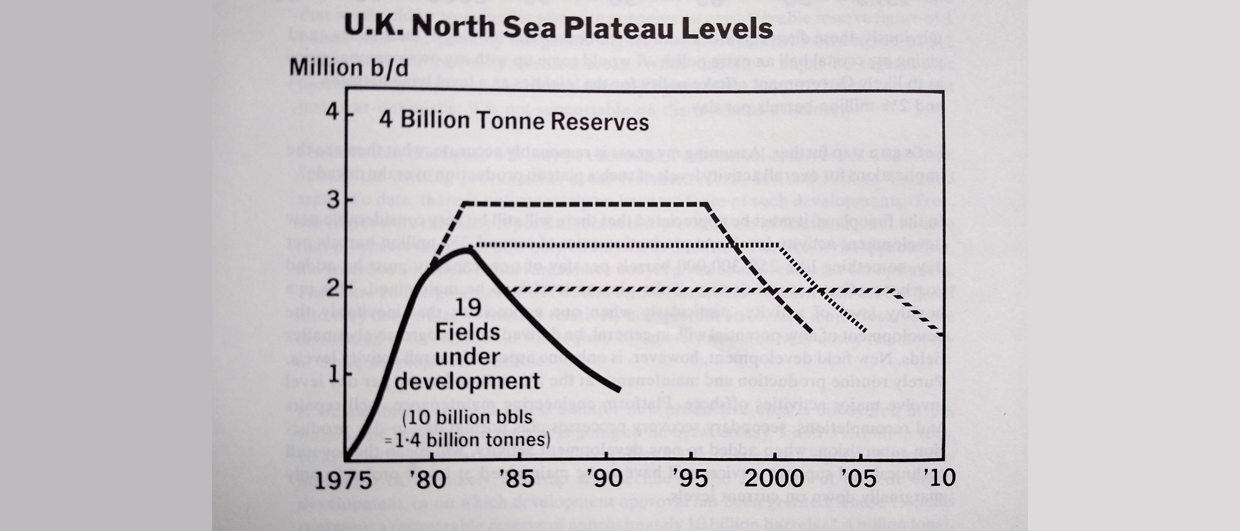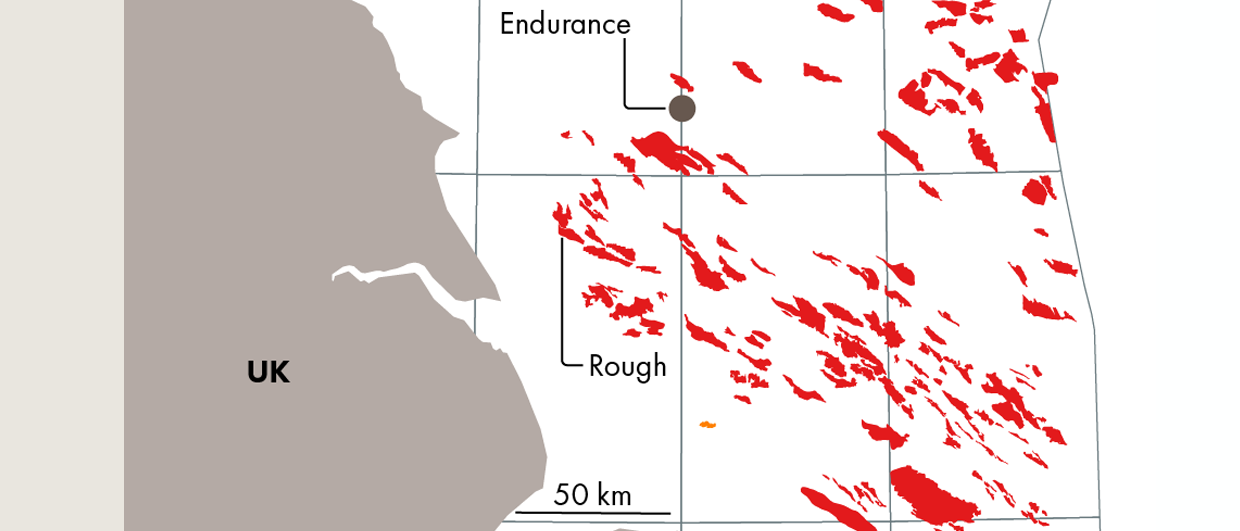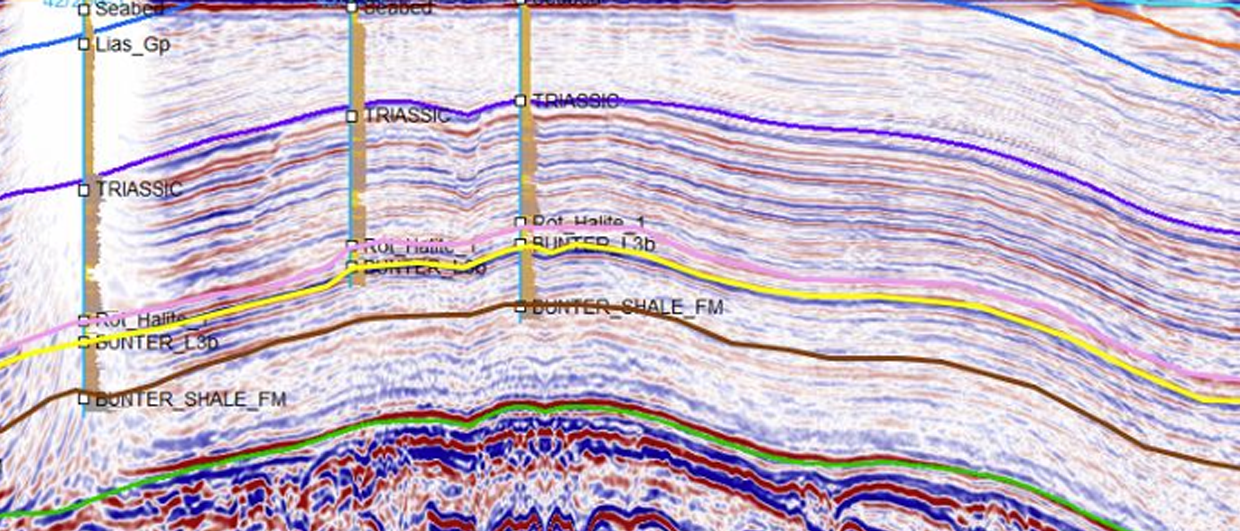‘It’s all been done!’ is a familiar claim amongst geologists regarding Central North Sea (CNS) salt tectonics. But has it? Our view is that a fresh look at Central North Sea Salt tectonics is long overdue and could unlock untapped exploration and CO2 storage potential, breathing new life into exploration of this mature province.
Dr Oliver Duffy (University of Texas at Austin), Professor Chris Jackson (Imperial College London) and Professors Atle Rotevatn and Rob Gawthorpe (University of Bergen) are looking for industry partners to take a fresh view on Central North Sea salt tectonics.
Zechstein evaporites key to exploration success
The CNS has proven a world-class hydrocarbon province for over 50 years. Key to its vast hydrocarbon resources is the salt-rich Zechstein Supergroup (Upper Permian), which has influenced all elements of the petroleum system. Although widely-studied, founding concepts of how salt has influenced the CNS were developed around 30 years ago, being based largely on seismic data of limited quality, and using salt-tectonic models that have since seen major advancements.

A new generation of studies is needed to make breakthroughs in understanding the evolution of the strongly salt-influenced, but poorly-understood, Late Permian and Triassic intervals. Such developments are now possible in the CNS due to the wealth of modern seismic data and the opportunity to apply cutting-edge salt-tectonic concepts. A hint of the potential untapped play and storage potential up for grabs is seen with the recent trend of discoveries within the Zechstein Supergroup in the area of the Mid North Sea High and onshore England.
Industry partners needed
In light of this, we seek industrial partners for a multi-year joint academia-industry project that will provide the first detailed regional-scale synthesis of Late Permian and Triassic salt tectonics. Our approach to unravelling the salt tectonics will be interdisciplinary, blending observations from CNS seismic and well data with those from world-leading physical sandbox models and numerical models.
Our approach will allow us to tackle fundamental questions such as: What triggered the growth of salt diapirs in different parts of the CNS? How did diapir geometries develop, and what ‘salts’ are they actually composed of? How does salt wall and minibasin evolution control reservoir, source and seal distribution and quality? How has intra-Zechstein salt tectonism influenced trapping styles and locations? How have compositional variations in the Zechstein Supergroup influenced structural styles and how things moved?

By answering these questions and synthesising salt tectonic processes across the CNS we will significantly advance regional understanding of the Late Permian and Triassic tectonics, palaeogeographies, and sedimentation patterns. Together, these will aid the development of new salt-related hydrocarbon and CO2 storage plays across the CNS, as well as help identify potential drilling hazards and causes of seismic imaging issues near salt structures.
We are seeking industrial partners for this research who are specifically interested in CNS exploration and reservoir potential. A recent presentation, available at this link provides more details on our research plans.
Dr Oliver Duffy – oliver.duffy@beg.utexas.edu
Prof Chris Jackson – c.jackson@imperial.ac.uk





